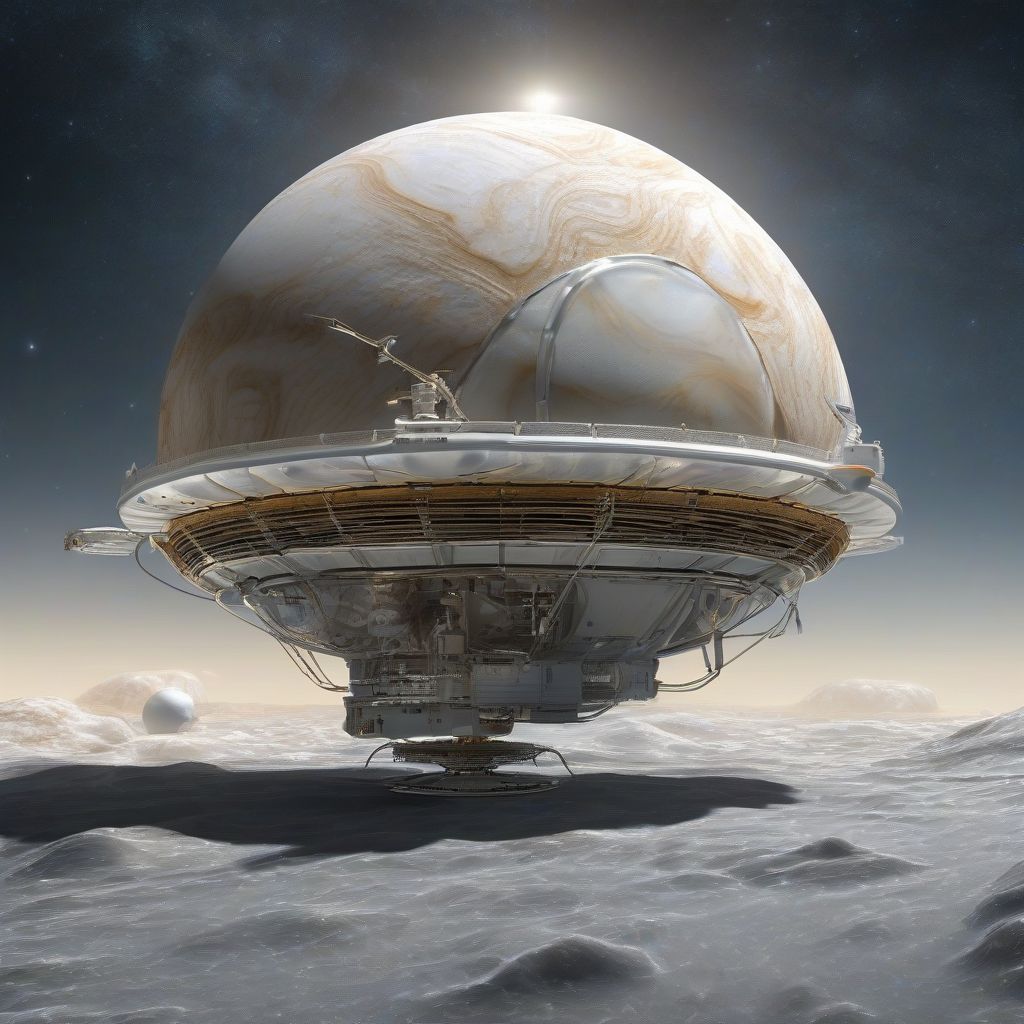For centuries, humans have gazed at the stars and pondered the question: are we alone? While Mars has often dominated the search for extraterrestrial life, a small, icy moon of Jupiter named Europa has emerged as a prime candidate in recent years. Beneath its frozen shell lies a vast, salty ocean, potentially harboring the necessary ingredients for life. And that’s where NASA’s Europa Clipper mission comes in. This ambitious endeavor is poised to revolutionize our understanding of Europa and perhaps even answer the age-old question about life beyond Earth. So, how exactly could the Europa Clipper mission reveal signs of life? Let’s dive in.
Unraveling Europa’s Secrets: The Clipper’s Mission
The Europa Clipper, scheduled to launch in 2024, is not designed to land on Europa. Instead, it will perform a series of close flybys, gathering crucial data about the moon’s composition, ocean, and potential habitability. This innovative approach allows for a comprehensive investigation while minimizing the risks associated with landing.
Peering Beneath the Ice: Investigating Europa’s Ocean
Europa’s ocean is the focal point of the mission. The Clipper will use a suite of sophisticated instruments to probe the icy shell and analyze the composition of plumes that may erupt from the ocean, offering a glimpse into the watery depths below. These plumes, similar to those observed on Saturn’s moon Enceladus, could contain organic molecules and other telltale signs of life. The Clipper’s radar instrument will also map the thickness and structure of the ice shell, providing valuable clues about the ocean’s interaction with the surface.
Mapping the Surface: Identifying Potential Landing Sites
While the Clipper itself won’t land, the data it gathers will be invaluable for future missions. High-resolution images will help scientists identify potential landing sites for future missions designed to directly sample the ocean or the ice shell. This detailed mapping will also help characterize the surface geology and identify regions of particular scientific interest.
Searching for Biosignatures: The Hunt for Life
The Clipper’s instruments are specifically designed to detect biosignatures, or indicators of past or present life. These could include organic molecules, specific chemical ratios, or even evidence of microbial activity. While the Clipper won’t definitively confirm the presence of life, it will provide crucial data to assess the potential for life on Europa and guide future missions.
 Europa Clipper Mission
Europa Clipper Mission
Europa: A Promising Candidate for Life
Why focus on Europa? Several factors make this icy moon a particularly promising target in the search for life. First, its vast ocean contains more water than all of Earth’s oceans combined. Second, the ocean is thought to be salty, which could provide a stable environment for life to thrive. Third, the interaction between the ocean and the rocky mantle below could provide the necessary chemical energy for life. “Imagine,” says Dr. Kevin Hand, a planetary scientist at NASA’s Jet Propulsion Laboratory, “a world with a global ocean, potentially rich in the building blocks of life, hidden beneath a shell of ice. Europa is a truly remarkable place, and the Clipper mission has the potential to revolutionize our understanding of its potential for life.”
The Clipper’s Instruments: Tools for Discovery
The Europa Clipper will be equipped with a cutting-edge suite of instruments, each designed to play a crucial role in the mission’s scientific objectives. These include:
The Plasma Instrument for Magnetic Sounding (PIMS):
PIMS will measure the magnetic field around Europa, providing insights into the salinity and depth of the ocean. Variations in the magnetic field can reveal the presence of a conducting layer, like a salty ocean, beneath the ice.
The Mapping Imaging Spectrometer for Europa (MISE):
MISE will map the surface composition of Europa in detail, identifying and characterizing different types of ice and potential organic molecules. This instrument will help scientists understand the chemical makeup of Europa’s surface and identify regions of particular scientific interest.
The Europa Imaging System (EIS):
EIS will capture high-resolution images of Europa’s surface, providing detailed maps of the moon’s geology and helping identify potential landing sites for future missions. These images will also be crucial for understanding the processes shaping Europa’s surface.
The Europa THermal Emission Imaging System (E-THEMIS):
E-THEMIS will measure the temperature of Europa’s surface, helping scientists identify areas of active venting or recent resurfacing. This data will be crucial for understanding the dynamics of Europa’s ice shell and its interaction with the ocean below.
Beyond the Clipper: Future Missions to Europa
The Europa Clipper is just the beginning. The data it gathers will pave the way for future missions, potentially including a lander designed to directly sample the ocean or the ice shell. Such a mission could definitively confirm the presence of life on Europa and revolutionize our understanding of the origin and evolution of life in the universe.
Conclusion: A New Era in the Search for Life
The Europa Clipper mission represents a bold step forward in our quest to understand the potential for life beyond Earth. By probing the secrets of Europa’s hidden ocean, the Clipper will provide crucial data to assess its habitability and guide future missions. The potential discovery of life on Europa would be a monumental event, reshaping our understanding of our place in the universe. As we await the launch of the Clipper, the possibility of life on Europa remains a tantalizing prospect, driving us to explore the vast unknown and seek answers to some of humanity’s most profound questions. What are your thoughts on the potential for life on Europa? Share your comments below and let us know what you think!



